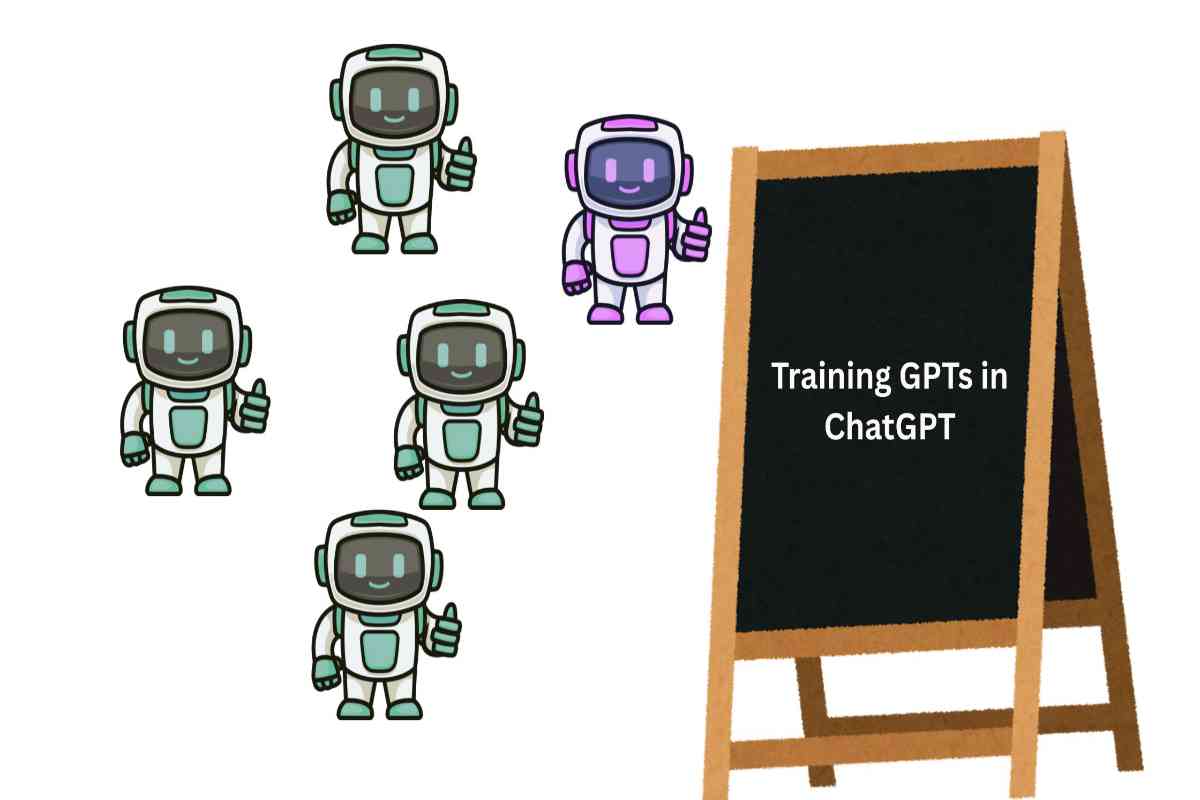
Artificial Intelligence is evolving quickly, and one of the most powerful tools available today is the ability to create custom GPTs in ChatGPT and training GPTs in ChatGPT. But building your own GPT is only half the job—what really makes it useful is training.
So, how do you ensure that your custom AI assistant performs effectively? In this article, we’ll cover the best practices for training GPTs in ChatGPT so you get accurate, reliable, and business-ready results.
Why Training GPTs in ChatGPT Matters ?
Even though GPTs are intelligent by default, their real strength comes from customization. Training ensures that your AI:
- Understands your brand voice
- Handles industry-specific queries
- Provides consistent and accurate responses
- Reduces the need for constant human intervention
In short, better training = smarter AI.
Best Practices for Training GPTs in ChatGPT
Here are the most effective strategies you should follow when working with custom GPTs:
1. Start with Clear Instructions
When creating your GPT, be specific. For example:
- Instead of “Answer customer queries,” try “Answer customer queries in a polite, professional tone, keeping responses under 100 words.”
2. Upload Relevant Knowledge Sources
Feed your GPT with the right material:
- Product manuals
- Company FAQs
- Training documents
- Policies and guidelines
The richer the dataset, the smarter the GPT becomes.
3. Define a Consistent Tone and Style
If your brand voice is casual, train your GPT to match that. If it’s corporate, keep it formal. Consistency builds trust.
4. Test with Real-World Scenarios
Don’t just assume it works—try actual prompts your customers or employees would ask. Adjust instructions based on where it fails.
5. Keep Updating Your GPT
Industries change, and so should your AI. Regularly update its knowledge with:
- New FAQs
- Updated policies
- Fresh datasets
6. Avoid Overloading with Data
Too much irrelevant information can confuse your GPT. Stick to concise, high-quality data sources.
Also Read: What Are GPTs in ChatGPT and How Do They Work?
Training GPTs in ChatGPT: Best Practices at a Glance
| Best Practice | Why It Matters |
|---|---|
| Clear instructions | Sets accurate behavior |
| Upload relevant documents | Provides context & accuracy |
| Maintain consistent tone | Aligns with brand identity |
| Test with real-world queries | Ensures practical reliability |
| Regular updates | Keeps GPT fresh and relevant |
| Focused dataset | Prevents confusion & errors |
FAQs
Q1. Do I need coding skills to train GPTs in ChatGPT?
No, training is instruction-based, and anyone can do it without coding.
Q2. How often should I update my GPT’s training data?
At least once every few months, or whenever business policies or product information changes.
Q3. Can I train one GPT for multiple roles?
It’s better to create separate GPTs for different tasks (e.g., one for customer service, one for marketing).
Q4. How do I know if my GPT is trained well?
Run test prompts. If responses are accurate, consistent, and aligned with your goals, your GPT is well-trained.
Final Thoughts
Training GPTs in ChatGPT isn’t a one-time task—it’s an ongoing process. By giving clear instructions, relevant data, and regular updates, you’ll create an AI assistant that saves time, improves customer satisfaction, and supports your business goals.
The smarter you train your GPT, the smarter it works for you.


